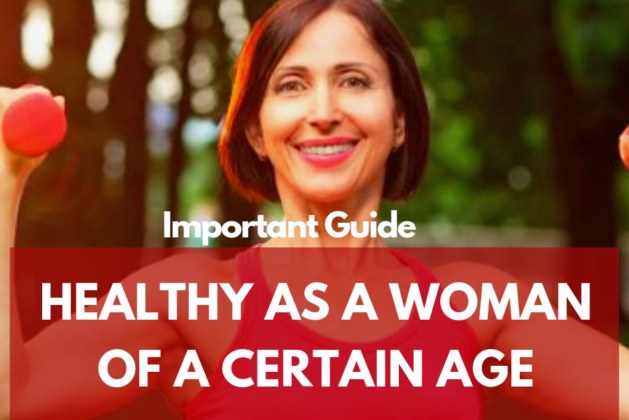After the age of 50, if you happen to have put on a bit of weight, or maybe spent too many long hours staring at a computer screen, you need to know that it is never too late to begin to get back into shape by making a few changes to your lifestyle. That being said, changes in the composition of your body, a loss of density in your bones, and any prescribed medications might require you to make a few slight modifications to a standard fitness and nutrition plan.
Map it Out
No matter what your age, if you want to get healthy, you will need to have a solid strategy. If you know that you are the type to have sugar cravings, make sure that you have healthy alternatives on hand. This can be scrumptious fruit like blueberries, strawberries, or even grapes. Making sure that you have a plan in place and alternatives on hand mean fewer trips to the junk food aisle at your nearest convenience store.
Be Safe
Before getting started with any of that, though, it is important that you are always safe and, more importantly, that you have the peace of mind that comes with knowing that if something happens, help is just a few minutes away. You can have that peace of mind with Alert1. This is a service that allows for you to get help at the press of a button. This service works from the comfort of your home, or anywhere else you might be. Be active while knowing you are never out of reach of help when you need it.
Stay Active
When you stay active, you are helping yourself to prevent bone and muscle loss. This can also be helpful in preventing or at least delaying conditions such as heart disease and or diabetes. When people are active, they also tend to feel better and enjoy life more. Being active can help in the fight against depression. There are also studies that show that when you keep your body fit, you are helping to keep your brain fit as well. If you are regularly active as you age, you will be able to remain independent for as long as possible and continue to do things on your own.
Diet and Exercise
No matter what your age is, it is always a good idea to talk to your doctor before you begin any new diet or exercise regimen. There are quite a few health plans that will provide free informational materials and even classes that are specific to a variety of health concerns that can include but are not limited to things like: osteopenia, osteoporosis, heart problems, dietary needs, diabetes, arthritis, aging, exercise programs and weight loss goals for women over a certain age.
Write it Down
You can do this is a simple notebook. It can actually be the lynch pin to sticking with your goals for fitness. When you write down your activities, diet, and medications on a daily basis, you will have documentation of each one of your successes on your journey to a healthier lifestyle.
Include Cardio
According to the American Heart Association, you should have a minimum of 150 minutes each week of physical activity that is moderate. This can be broken up into large chunks, such as 3 days with 50 minute sessions, or in smaller chunks, such as 5 days with 30 minute sessions. These activities can include things like climbing stairs, mowing the lawn, vacuuming, jogging, biking, and walking. As you age, you should begin to consider those lower impact activities, such as walking, instead of jumping rope or jogging, to make sure that you avoid any injury to your joints.
Be Strong
As we age, our ratio of fat increases as our muscle mass decreases. For this reason, we need to engage in some sort of strength training at least two times a week. In fact, the Mayo Clinic recommends this to boost the metabolism, strengthen bones, increase muscle mass, and lose fat. You don’t need expensive fitness machines or heavy weights to do this either. You can do things like stability ball squats, pushups, pullups, and crunches coupled with small weights of 5 – 10 pounds. Remember not to target the same muscles 2 days in a row. Your muscles will need a day to recuperate.






Leave a comment